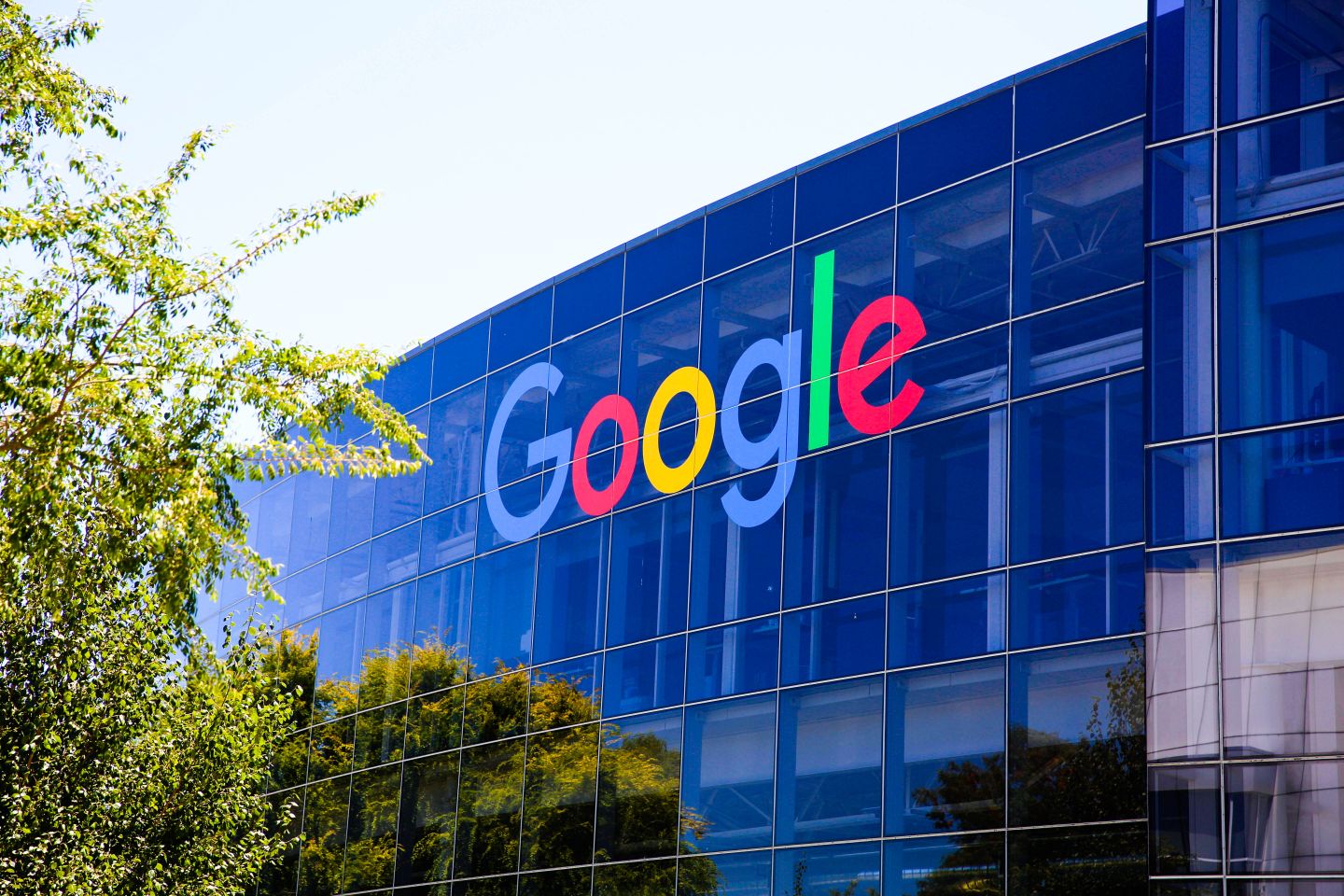Google stock split: What next for GOOGL shares?
Alphabet’s 20-for-1 stock split marked an important point in the company’s market history. This article explains what a stock split is, details Alphabet’s approach, and examines how such actions may influence share structure, pricing and accessibility for traders.
Google-parent Alphabet completed a 20-for-1 stock split for its Class A (GOOGL), Class B and Class C (GOOG) shares in mid-July 2022.
As of November 2025, Alphabet’s Class A shares trade at $285.51 with a $3.37 trillion market capitalisation, while Class C shares are priced at $279.70, reflecting a similar valuation of $3.38 trillion. The company’s price-to-earnings ratios stand at 27.5 (GOOGL) and 27.61 (GOOG), indicating continued profitability.
Since the 20-for-1 split, Alphabet’s shares have more than doubled from the post-split level of $112.64, reaching an all-time high of $299.93 on 30 October 2025. The rise has been supported by growth in artificial intelligence (AI), cloud computing, and strong operating margins.
Past performance is not a reliable indicator of future results
Alphabet (GOOGL) live share price
In this article, we discuss the Google stock split, Alphabet’s latest earnings, and analysts’ views on its outlook.
Past performance is not a reliable indicator of future results.
What is a stock split?
A stock split is a corporate action in which a company issues additional shares to existing shareholders at a predetermined ratio. This increases the number of shares held by each shareholder while reducing the price per share. The overall value of each investor’s holding remains unchanged.
Morningstar explained it simply:
Common stock split ratios include 2-for-1 or 3-for-1, though some firms opt for larger splits. A stock split is sometimes described as a ‘one-time special stock dividend’.
Alphabet’s 20-for-1 stock split
On 15 July 2022, Alphabet completed a 20-for-1 stock split across all share classes, following approval from its board of directors and shareholders earlier that year.
The company has three share classes:
- Class A (GOOGL): publicly listed shares with standard voting rights.
- Class B: privately held by founders, with 10 times the voting power of Class A shares.
- Class C (GOOG): publicly traded shares with no voting rights.
Alphabet’s shares rose around 10% following the announcement in February 2022 (Forbes, 1 February 2022).
Past performance is not a reliable indicator of future results.
Why did Alphabet conduct a share split?
Companies typically carry out stock splits to make their shares appear more affordable to retail investors and to increase market liquidity.
Alphabet’s move mirrored other large-cap technology firms such as Apple (AAPL), Tesla (TSLA), Nvidia (NVDA) and Amazon (AMZN),, which have all used stock splits to broaden investor access.
A higher share price does not necessarily mean a company is more valuable. Market value is measured by market capitalisation – the share price multiplied by the number of outstanding shares.
In Alphabet’s case, investor demand rose following the announcement, moderated after implementation, and later strengthened alongside the company’s operational recovery and sector-wide growth.
Alphabet stock split history
Before 2022, Alphabet had only conducted one previous stock split – a 2-for-1 split in March 2014, which created the non-voting Class C shares to preserve founders’ control. The move was approved after a shareholder lawsuit settled in 2013.
Latest earnings: Alphabet FY 2025 results
For 2025, Alphabet reported earnings per share (EPS) of $10.14, alongside continued revenue and margin growth. Results highlighted sustained strength in Google Cloud and AI, notably through the Gemini 3 model series, as well as improved cost structures following the company’s 2023 efficiency programme.
These developments build on earlier cost-optimisation measures announced in January 2023, when Alphabet reduced headcount and refocused operations on high-growth areas.
Outlook and upcoming developments
As of November 2025, no new stock splits have been announced for Alphabet. However, the company may reconsider the option if its share price continues to rise and retail accessibility becomes a concern.
Past performance is not a reliable indicator of future results.
Create an account Open a demo account
FAQ
When did Alphabet stock split?
Alphabet carried out a 20-for-1 stock split after markets closed on 15 July 2022. Shares began trading on a split-adjusted basis on 18 July 2022.
When did the Alphabet stock split take effect?
Shareholders of Alphabet’s Class A, Class B and Class C stock received 19 additional shares for each share held after markets closed on 15 July 2022.
Did Alphabet have a stock split before?
In March 2014, the company completed a 2-for-1 stock split. Rather than a direct doubling of shares, Alphabet issued new Class C shares without voting rights. As a result, holders of Class A shares received one Class C share per Class A share, maintaining the founders’ control through enhanced voting rights. The split, announced in early 2012, faced shareholder opposition and a related lawsuit, which was resolved in 2013, allowing it to proceed.
How many times has Alphabet stock split?
Alphabet has conducted two stock splits to date — one in March 2014 and another in July 2022. No additional stock splits have been announced as of November 2025.
How much was Alphabet stock after the split?
When trading began on 18 July 2022, Alphabet Class A stock opened at a split-adjusted price of $112.64, compared with $2,255.34 before the split on 15 July 2022.
Why did Alphabet split its stock?
Companies typically carry out stock splits to make their shares appear more affordable to retail investors and to improve market liquidity. Alphabet’s 2022 split aligned with these objectives. However, a stock split does not change a company’s market capitalisation or underlying value.